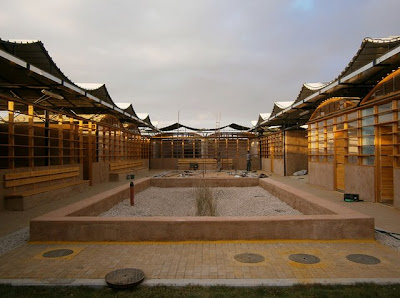This important international conference which will be held at the Central Institute of Medicinal and Aromatic Plants (CIMAP), Lucknow, India, between 28-30 October 2011.
The vetiver grass model promises a natural solution to mitigate the effects of climate change. Leading practitioners, experts, and policy makers associated with Vetiver System applications from all over the world will participate in the conference. This will provide an excellent opportunity for scientists, growers, entrepreneurs, industrialists and environmentalists to interact and share experience on prospects, potential, and opportunities of VS applications.
The conference topics deal on climate change, innovation and research and also Infrastructure and Pollution control with the following topics:
• Rehabilitation of contaminated water and land
• Protection of manmade infrastructure including roads, railroads, building sites, bridges, and other public utilities
Vetiver plant is worldwide use for wastewater treatment and a lot of research and applications established that this plant could be use for a lot of treatment water solution like treatment wetlands.
The Vetiver grass will tolerate high levels of nitrates, phosphates, heavy metals, and agricultural chemicals. The Vetiver System can be used for treating wastewater, rehabilitating mine tailings, stabilizing landfills and general rubbish dumps. The Vetiver System takes up the toxic materials and confines the contaminates to the effected area ( www.vetiver.com).
Here the link to the complete list of vetiver and treatment water documents, reports and research:
http://vetiver.com/g/contaminated_water.htm
.




































